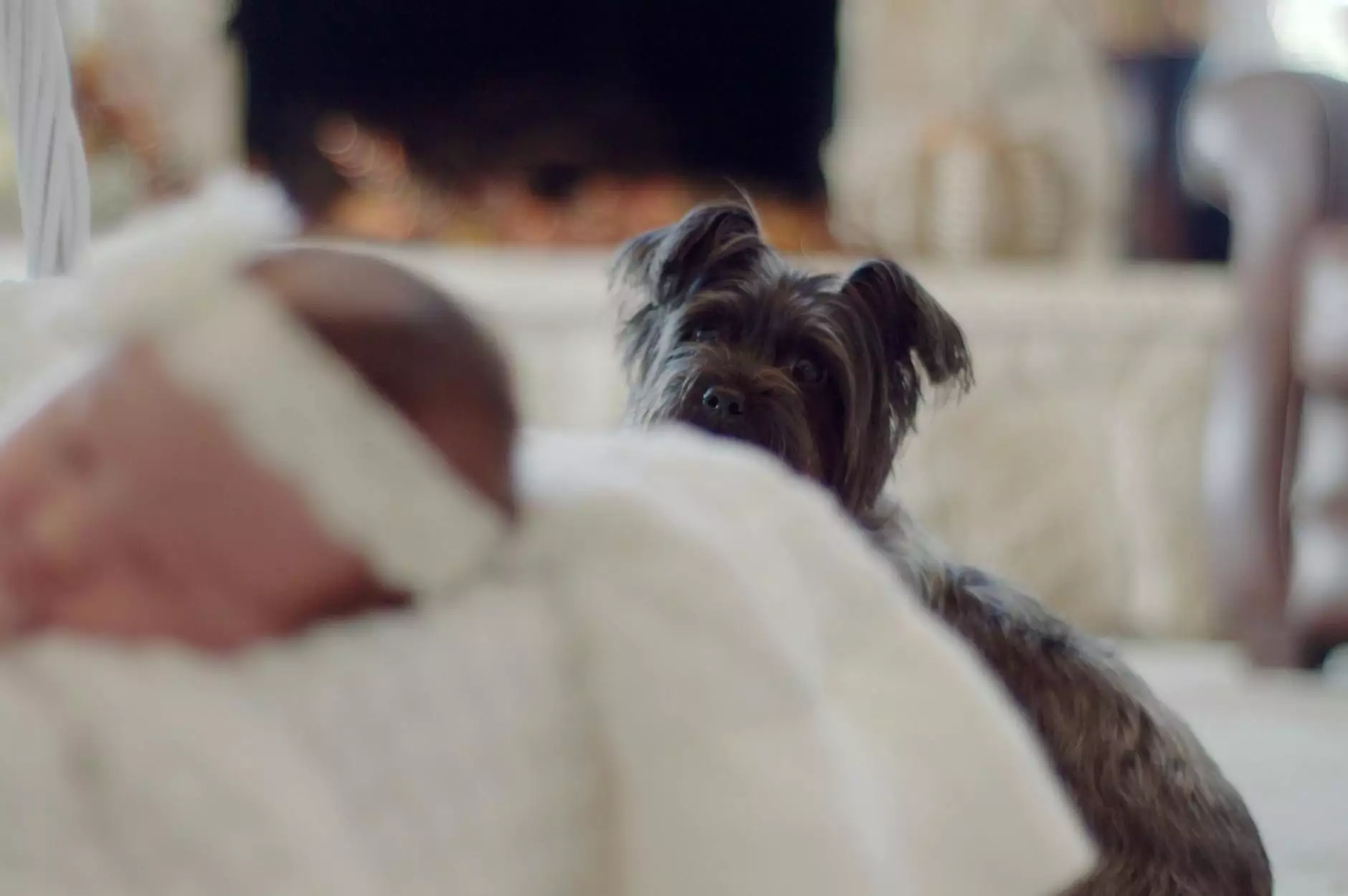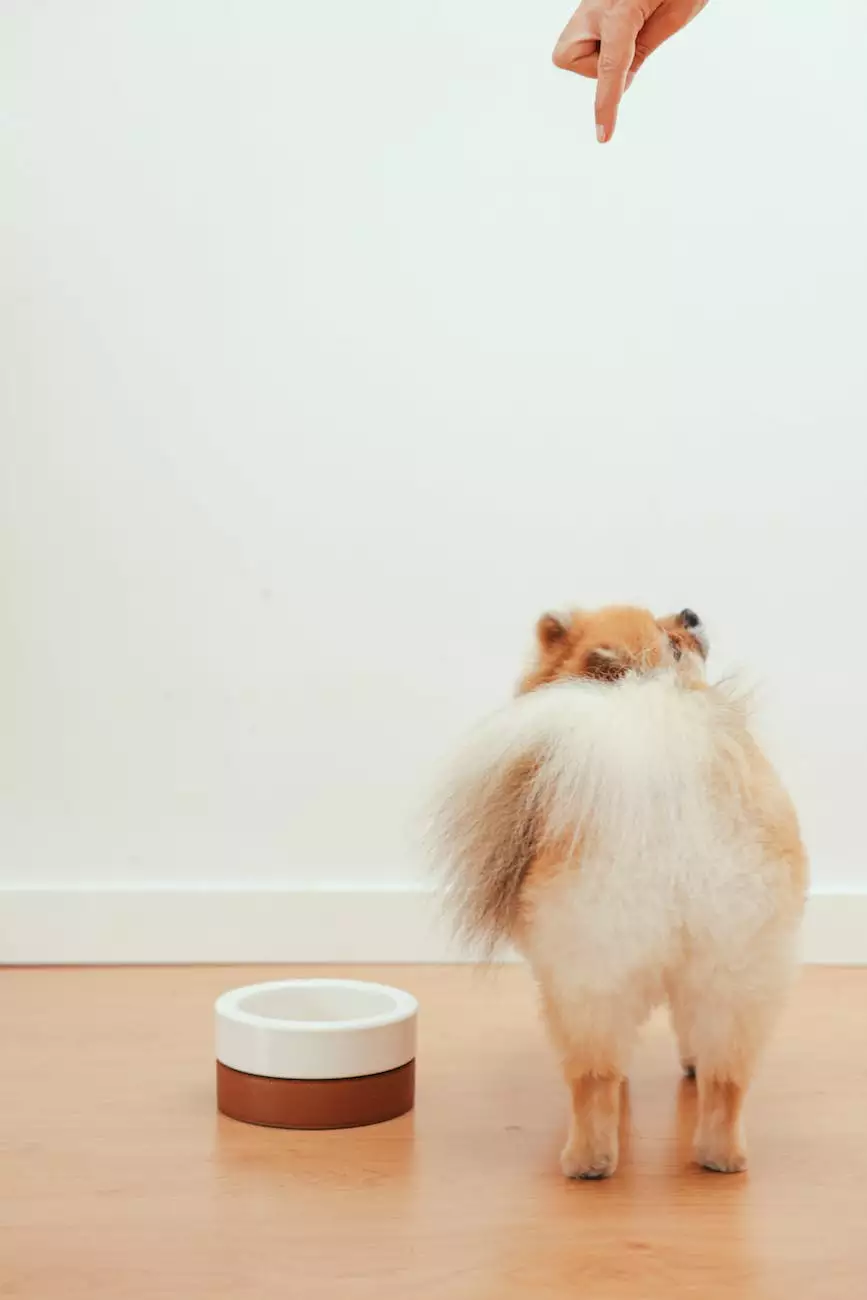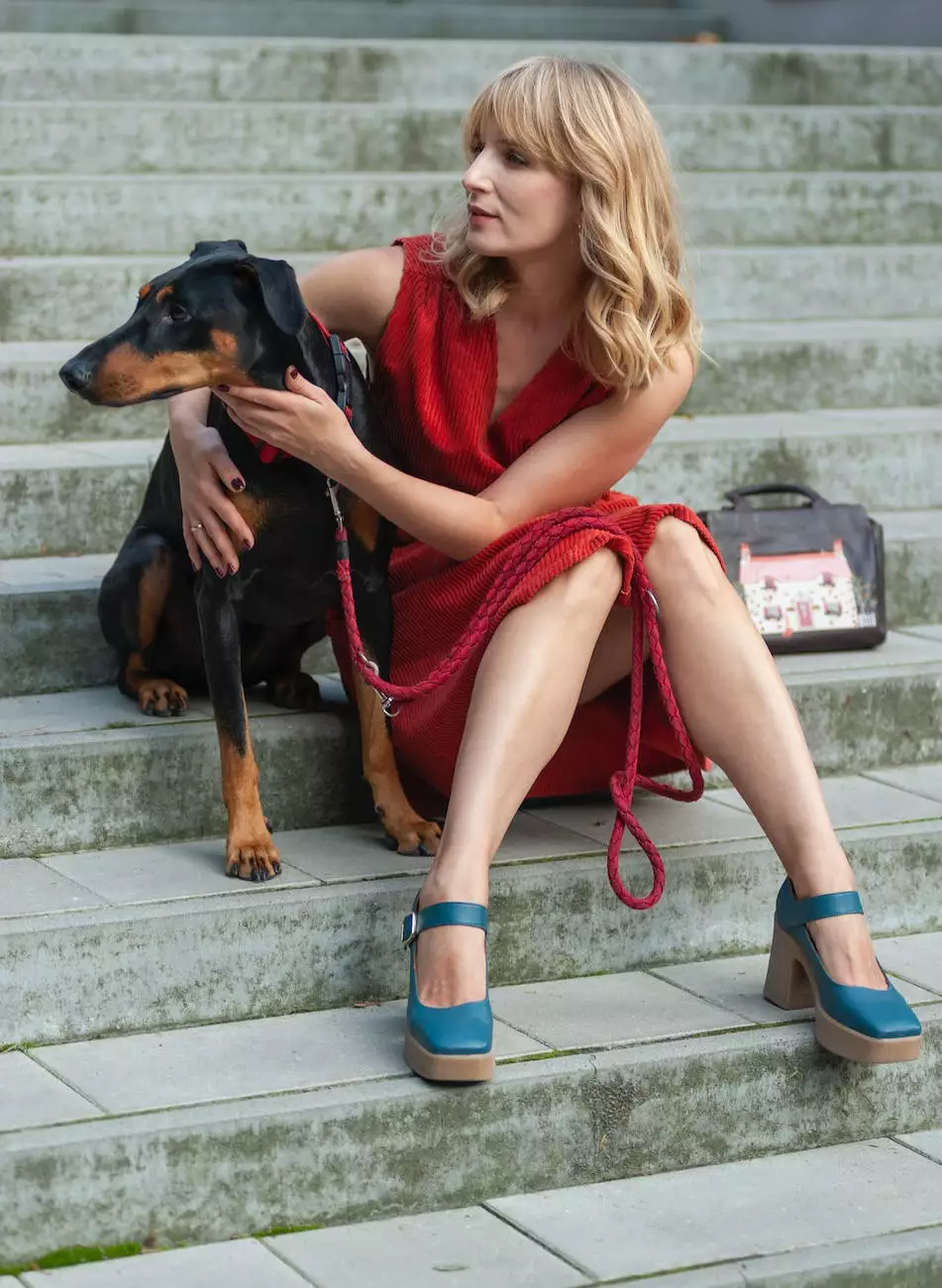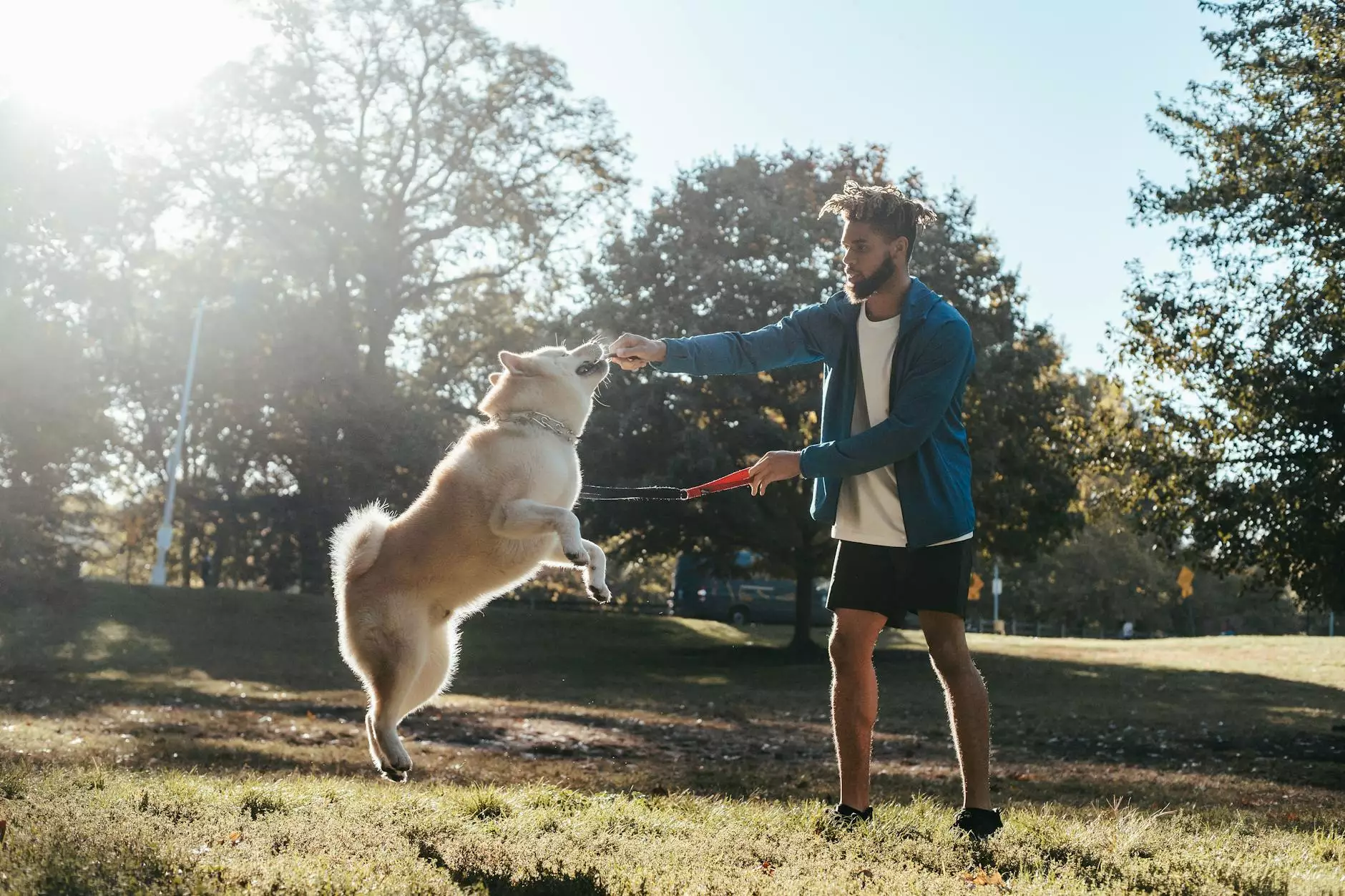Teaching Commands
Training
Introduction
Welcome to The Upbeat K9, your trusted source for professional dog training. In this guide, we will provide you with valuable insights and effective techniques on how to teach your dog commands. Whether you have a new puppy or an adult dog, our expert trainers will help you establish a strong foundation for obedience and communication.
Why Teaching Commands is Important
Teaching commands to your dog is crucial for several reasons. Firstly, it establishes a clear line of communication between you and your furry companion. By teaching commands, you are able to effectively convey your expectations to your dog, leading to a better understanding of desired behaviors.
Secondly, teaching commands helps to promote safety. A well-trained dog is more likely to respond to commands, which can greatly reduce the risk of accidents, such as running into traffic or approaching potentially dangerous situations.
Furthermore, teaching commands strengthens the bond between you and your dog. Dogs are social animals, and by engaging in training sessions, you are not only stimulating their minds but also building a closer relationship based on trust and mutual respect.
Effective Methods for Teaching Commands
At The Upbeat K9, we employ a variety of strategies to ensure successful command training. Here are some effective methods that you can implement:
Positive Reinforcement
Positive reinforcement is one of the most effective techniques for teaching commands. This method involves rewarding your dog with treats, praise, or playtime when they successfully perform the desired behavior. By associating the command with a positive experience, your dog is more likely to repeat the behavior in the future.
Consistency
Consistency is key when teaching commands to your dog. Use the same word or phrase for each command and ensure that all family members are on the same page. Dogs thrive on routine and predictability, so maintaining consistency will help them understand what is expected of them.
Gradual Progression
When introducing commands, start with simple ones such as "sit" or "stay" before moving on to more complex commands. Breaking down the training process into small, achievable steps ensures that your dog remains engaged and motivated throughout the learning process.
Patience and Positive Attitude
Remember, training takes time and patience. It is important to maintain a positive attitude and avoid becoming frustrated or discouraged. Dogs pick up on their owner's emotions, so staying calm and enthusiastic will create a more conducive learning environment.
Common Commands to Teach Your Dog
Now let's take a closer look at some of the essential commands to teach your dog:
Sit
The "sit" command is one of the first commands most dog owners teach their pets. It is a basic and versatile command that helps establish control and prevent unwanted behavior. To teach your dog to sit, hold a treat close to their nose and slowly move it upward. As their head follows the treat, their bottom will naturally lower into a sitting position. Once they are seated, praise and reward them with the treat.
Stay
The "stay" command is crucial for keeping your dog safe in various situations. Begin by having your dog sit, then extend your hand toward them, palm out, as you give the verbal cue "stay." Take a step back and wait for a few seconds before returning to your dog and rewarding them for staying put. Gradually increase the distance and duration as your dog becomes more comfortable with the command.
Come
The "come" command is essential for ensuring your dog returns to you on command, especially in off-leash situations. Start by using a long leash to give your dog some freedom to move. Squat down, clap your hands, and use an encouraging tone to call your dog by their name followed by the command "come." When they reach you, reward them with praise and treats. Practice this command in various environments to reinforce its effectiveness.
Leave It
The "leave it" command is invaluable for preventing your dog from picking up or engaging with potentially harmful objects or substances. Hold a treat in your closed hand and show it to your dog, allowing them to sniff and lick your hand. Close your hand if they try to get the treat. Once they lose interest, use the verbal cue "leave it" and offer them a different treat as a reward.
Conclusion
Effective command training is essential for a well-behaved and obedient dog. At The Upbeat K9, we are dedicated to providing you with the resources and guidance necessary to successfully teach commands to your furry friend. By employing positive reinforcement, maintaining consistency, and practicing patience, you can achieve remarkable results in your dog's obedience. Start your training journey with The Upbeat K9 today and unlock your dog's full potential!










